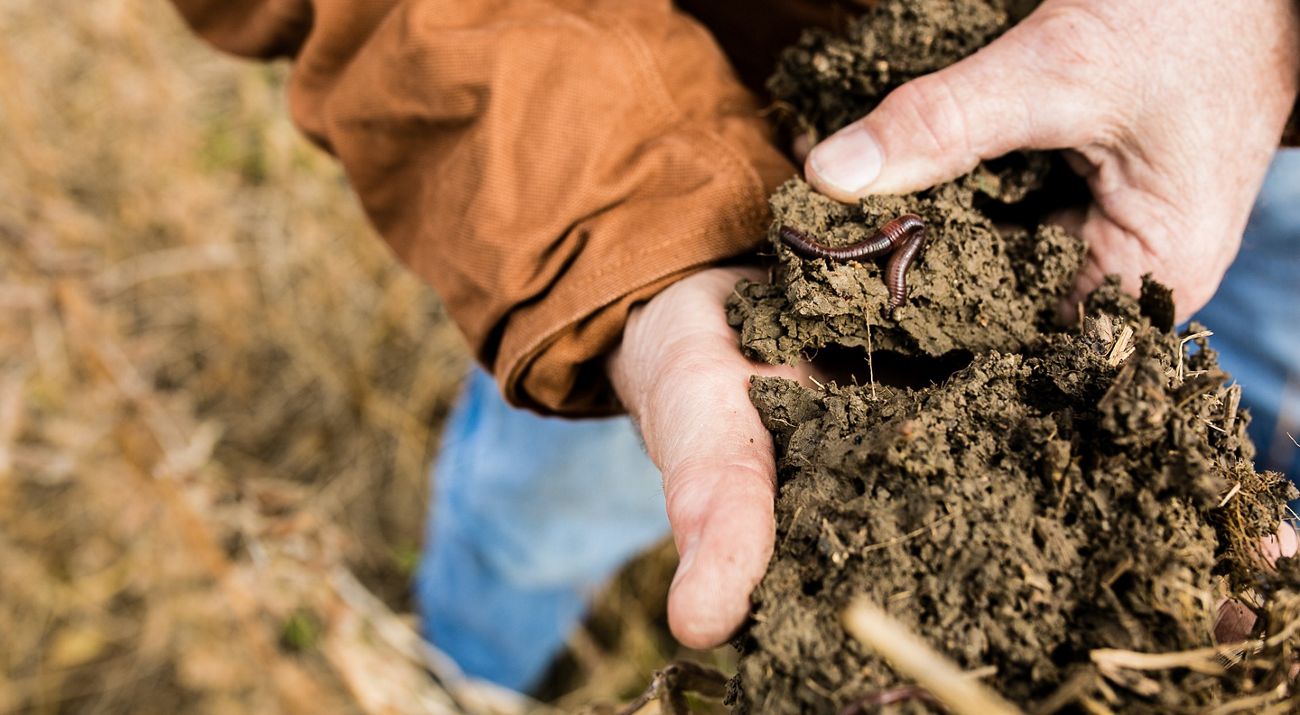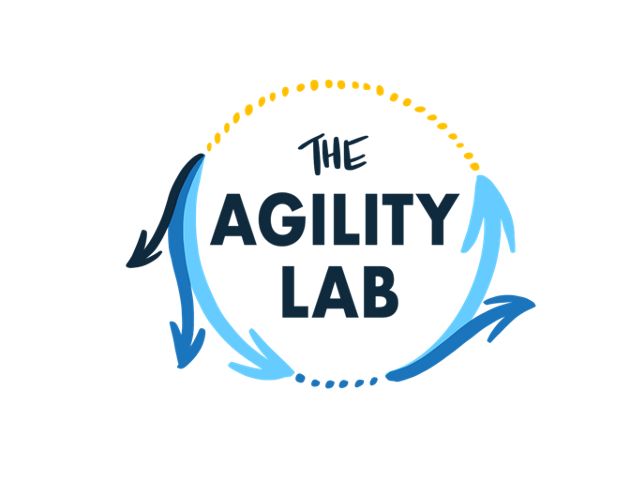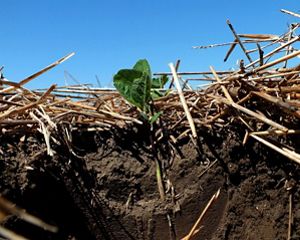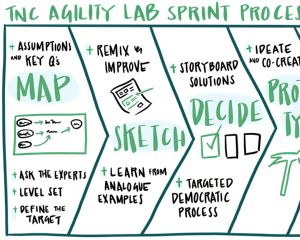As conservationists, we do not often enter the investor realm. That is, however, the leap we have taken in support of achieving our North American Agriculture team’s goal of moving 50% of U.S. cropland towards adaptive soil healthy systems by 2025. But in order to build a credible, actionable investment thesis in service to this goal, we first had to understand the roadblocks that prevent needed change.
Quote
We knew that despite years of critical ongoing work, we were not seeing change happen fast enough.
At the outset of this work, we knew that despite years of critical ongoing work, we were not seeing change happen fast enough. While the boots-on-the-ground work of our team of scientists, policy experts, and strategy leads continues, we needed to bring a different lens to the problem, an investor lens. This required our identifying or, in some cases, redefining the already identified roadblocks preventing farm practice change. An early step to begin this work was enlisting the help of The Agility Lab to design and implement a sprint that would help us identify the roadblocks preventing the adoption of practices we know build soil health.
For this to be valuable, we ensured that we had expertise not housed within The Nature Conservancy and representing various parts of the agriculture value chain as part of the three-day sprint. This initial sprint was critical to our initial phase of the soil health venture investing work. The three core challenges we identified are the cornerstone on which we are making our soil health venture investments (initial portfolio). Once we got into the Sprint, things moved quickly. With representatives from each corner of the project, we were able to bring all our expertise together at one time to focus on working the problem. In days, we were able to co-write versions of the proposal for our key audiences. This endeavor is something that would normally take weeks or months, but with everyone working on it at one time, dedicating their full concentration to one problem instead of juggling it while working on other projects, we were able to deliver the first version very quickly.
The collaboration not only condensed the time to get it done, it answered questions that would have increased risk to our solution had it been created in a silo. It also created a form of buy-in–a sense of having “skin in the game” for each person who helped with the project.
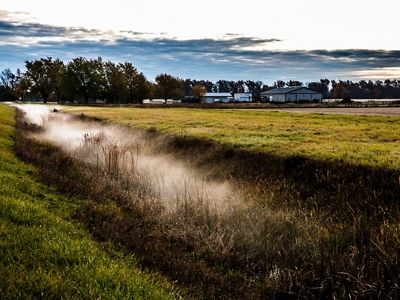
After working on phase I of our project, we went back into The Agility Lab for a second sprint. This time, we were focused on securing insight to broaden our investment thesis beyond venture opportunities. For this sprint, the Agility Lab team helped us design and execute a sprint that included venture investors and additional supply chain experts.
Bringing this group of people together to join our TNC team in a focused session was an incredibly efficient use of time. It rapidly gave us insights that we would not have come up with—perhaps at all—and certainly not in such a short time frame (3 days, 5 hours per day). As an additional benefit of both sprints, we gained exposure of the TNC project externally, bringing those with a vested interest in the outcome together and building trust, commitment, excitement, and an appreciation of TNC’s resources and expert facilitation.
We’re now putting together and securing additional feedback on our expanded soil health investment thesis.
We are excited to continue using our investment work to get us closer to our audacious soil health building goal. It is possible because of the tremendous support the sprint process facilitated—securing intelligence in intense, short time frames that would have taken months to acquire, if at all.
There is something unique in collective brainpower and that is what the sprints facilitate. We believe our initial work has been successful in identifying companies with the potential to scale impact and influence the investor community because of our solid investment thesis base which were facilitated by The Agility Lab sprints.
